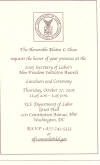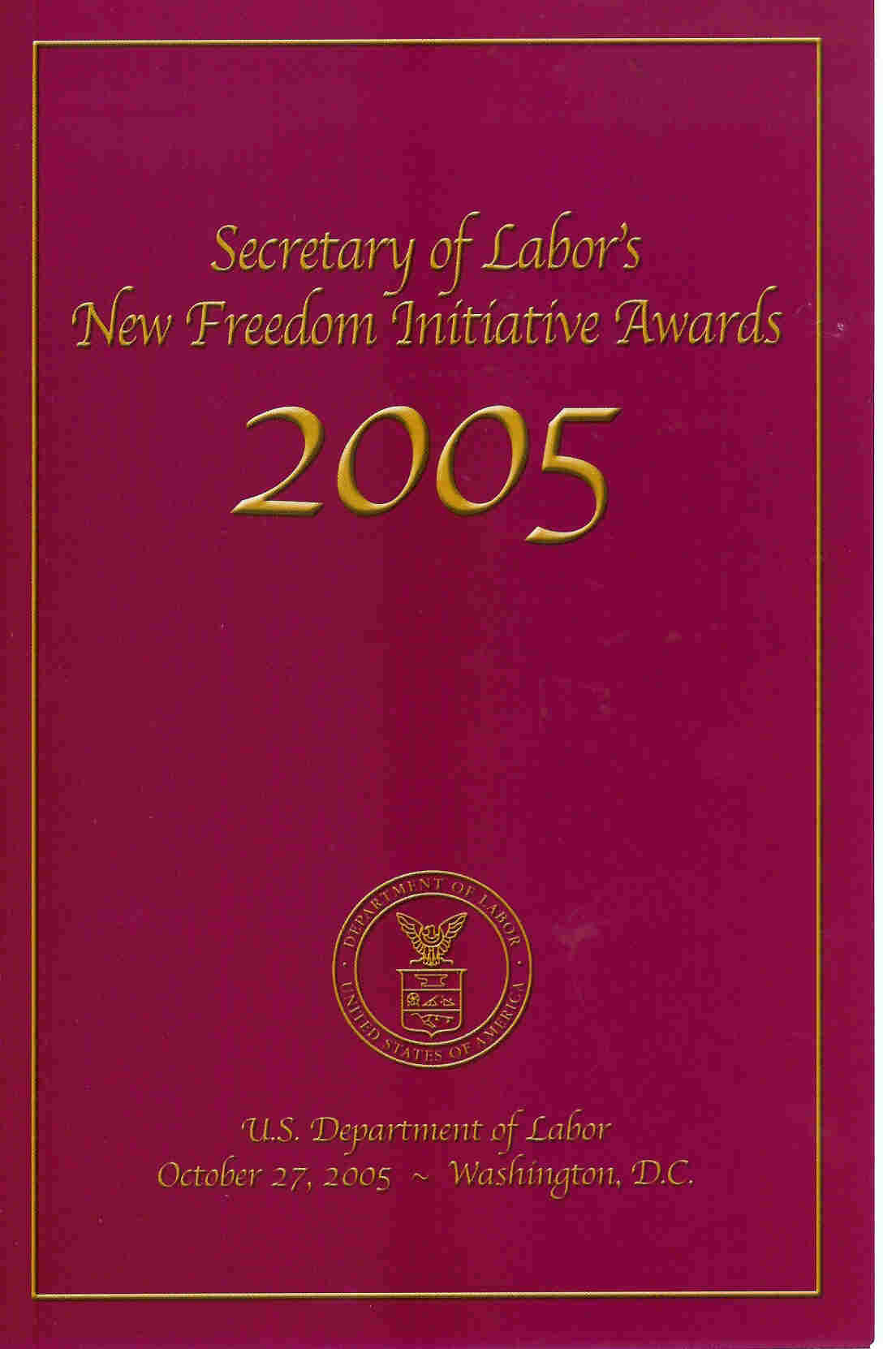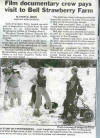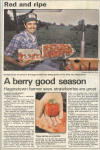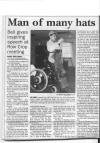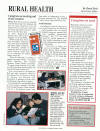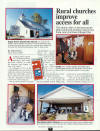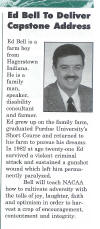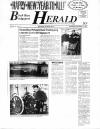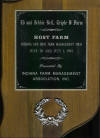Back - Topics - Clients Served - Quotes and Reviews - Bio - Investments and Fees - Meeting Planner's Printable One Sheet
Press Clippings
Disability doesn't keep farmer from passion - Brush News-Tribune

2006 Indiana Farm Family of the Year
Association of Agricultural and Biological Engineers
US Department of Labor 2005 New Freedom Initiative Award
.jpg)
Front Cover of Paraplegic News Magazine
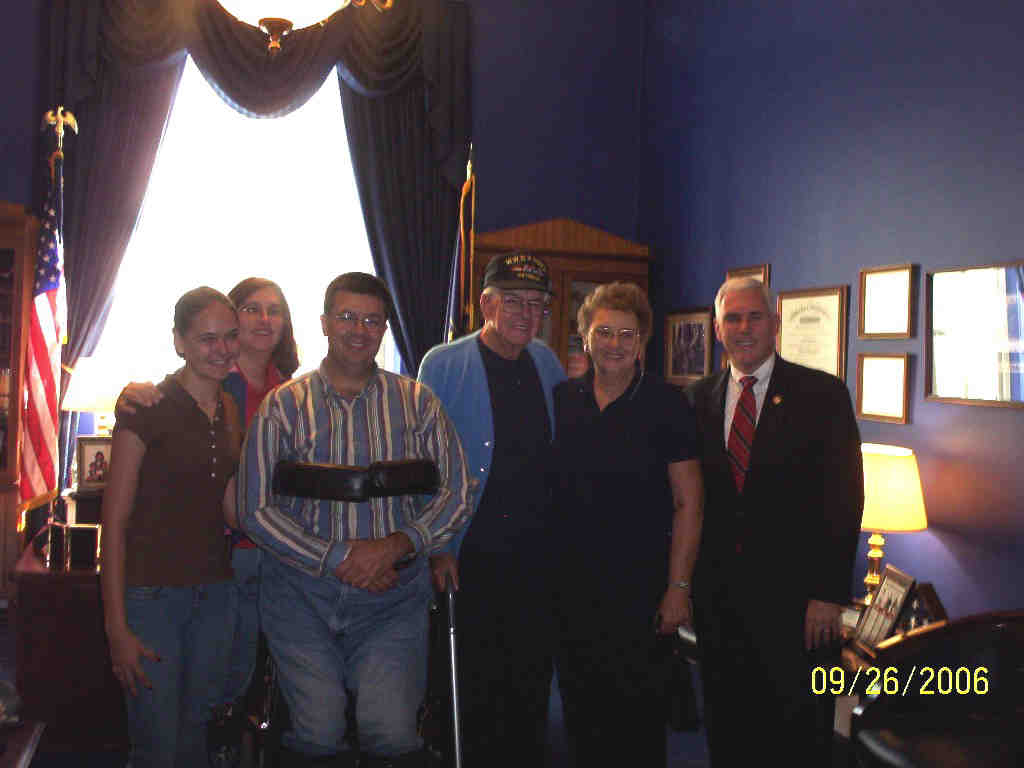
Congressman Mike Pence
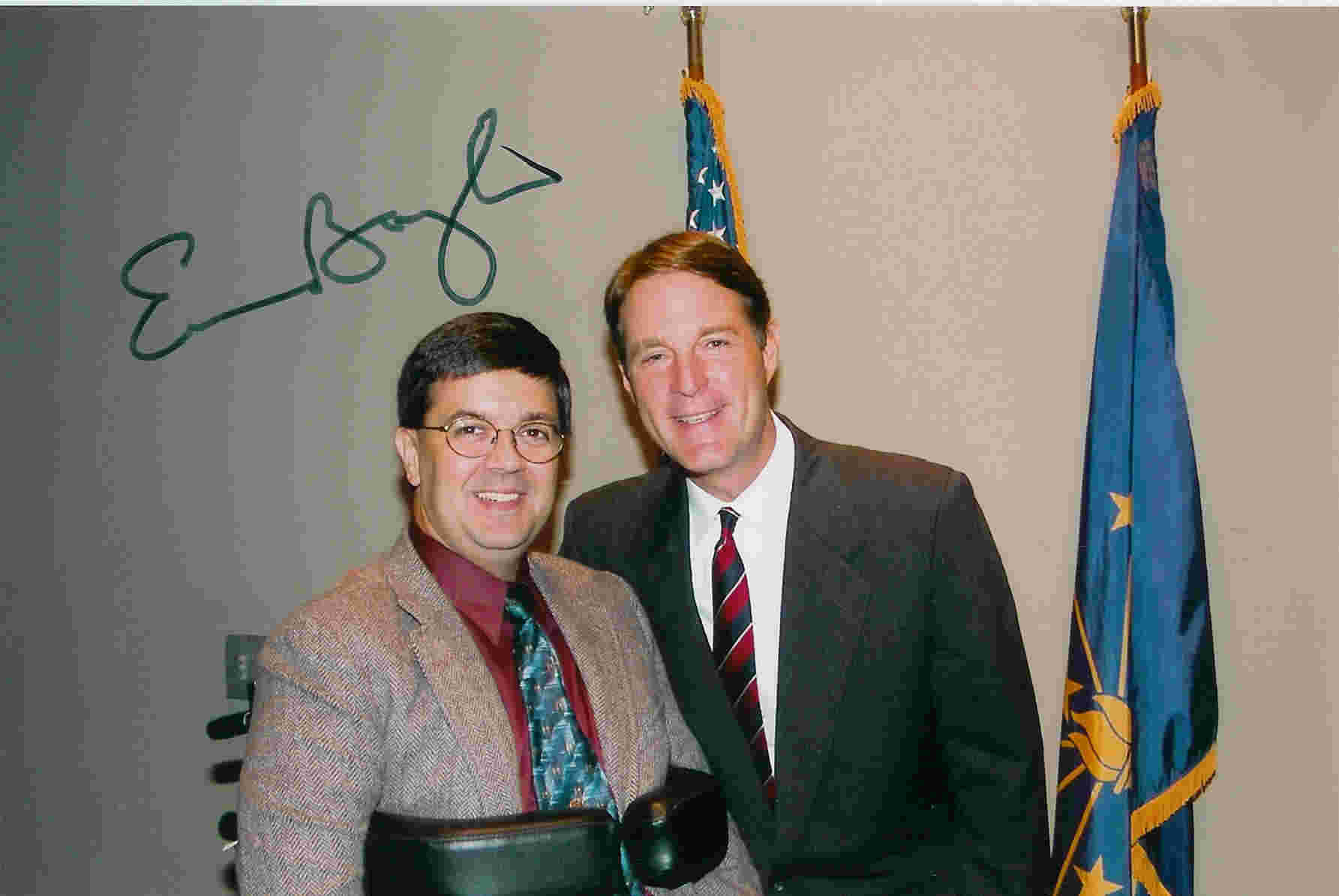
.jpg)
Disabilities just something to plow under for these farmersWASHINGTON -- After a gunshot wound 25 years ago left Ed Bell paralyzed from the armpits down, he couldn't imagine how he could continue operating his 72-acre hog farm. But Bell, who has lived on his family's farm since he was 7, also didn't see himself doing anything but farming. So Bell, now 46, got rid of his hogs, shifted to strawberries, raspberries and asparagus, and overhauled his Hagerstown, Ind., farm to make it more accessible to his wheelchair. "What do you got to lose?" Bell said. "It sure beats laying in a nursing home." Bell got help adjusting to his new situation through a program that helps disabled farmers stay on the farm. "Disabilities should not prevent anyone from having a career in agriculture," Agriculture Secretary Mike Johanns said earlier this month, announcing $3.7 million in "AgrAbility" grants. Purdue University got one of those grants -- $180,000 for "Breaking New Ground," the state program to help disabled farmers. Indiana started its program long before the federal grants were created. In 1979, a farmer who had been paralyzed in a truck accident asked Purdue for help figuring out how to get from his wheelchair into his tractor. The school sent some engineering students who devised a lift. "That's how the program started," program manager Paul Jones said. "From there, it just expanded by word of mouth." When the federal AgrAbility grants were created in 1990, the Purdue program served as one of the models, Jones said. Land grant schools such as Purdue are paired with nonprofit disability service organizations to run each state's AgrAbility program. The program helps those injured on and off the farm or those with illnesses such as arthritis, vision problems or complications from strokes. One out of nine Indiana farm families experience a farm-related injury each year, according to Purdue. Federal funds don't pay for adaptive equipment the farmer may need, but the program can point them toward organizations that can help them. Breaking New Ground workers make between 80 and 120 farm visits annually to do work site assessments and recommend modifications. Purdue also runs workshops and conferences, sends representatives to farm shows, provides training for assistive technologies, runs a toll-free information line, compiles resources including a catalog of adaptive tools and a list of injured farmers willing to share their stories and lend support to the newly disabled. "I just talk to them and tell them what I had to do and how I went through it," said Charles Best, a now-retired farmer from Ossian, Ind., who lost his hand in a corn picker. "Like the surgeon told my wife when he operated on me, he told her it was going to be up to her. That I would be discouraged and disgruntled and she's going to have kick me one in the rear end and tell me to straighten up and things are going to be all right. That's what she did." Best and his wife meet with farmers and participate in workshops that help caregivers. Best said farming is not as dangerous as when he had his accident 40 years ago. But some agricultural jobs -- especially those working with livestock -- have some of the highest incidences of illnesses and injuries of any industry, according to the Bureau of Labor Statistics. Vermont dairy farmer Lee Kayhart lost both his arms 23 years ago in an accident involving a device used to feed cows. Kayhart's operation, which he shares with his sons, includes about 1,100 cows and 1,600 acres. "One of the thoughts that went through my mind when I was in the hospital was that there were a lot of other people who probably were trying to farm who were a lot more handicapped than I was. And I don't mean in a physical way," Kayhart. "Either they didn't have the experiences or whatever. I grew up on my dad's farm and I worked with my dad and my younger brothers till I was 30 years old and I gained a tremendous amount of experience. I think that that was my biggest asset." Kayhart drives a regular tractor using prosthetic devices and says he discovered it's better to adapt himself to "what I need to do" than to get new farm equipment. Still, he was supportive of the program, which helps other farmers get special equipment, training and other forms of support. "Anything that can offer encouragement to go on living their dream has got to be helpful," he said. Meanwhile, Bell says he continues to surprise himself by what he's able to do. Home by himself the other day, Bell decided not to wait for his wife and daughter to help him lay an irrigation line. "I thought, 'Well, I'll just start this. ... By the time they got back, I had it all done,"' he said. "For a guy in a wheelchair, to lay it from the well a thousand feet to where you're going to go irrigate is a pretty good task." Indiana recognized Bell's family's accomplishments by naming them the Indiana Farm Family of the Year in 2006, an award honoring contributions to agriculture made both on and off the farm. Bell said he and his wife, Debbie, joke that, although they'd like to make money off their farm, they're happy as long as they don't lose money. "We think about all the money we save on
psychotherapy," he said. |
Click the articles below to enlarge and read .
Ed Bell
16447 State Road 38 -
Hagerstown, IN 47346
765-489-5753
765-489-6136 Fax
TT Relay 711
strawberries1983@frontier.com
Back - Topics - Clients Served - Quotes and Reviews - Bio - Investments and Fees


